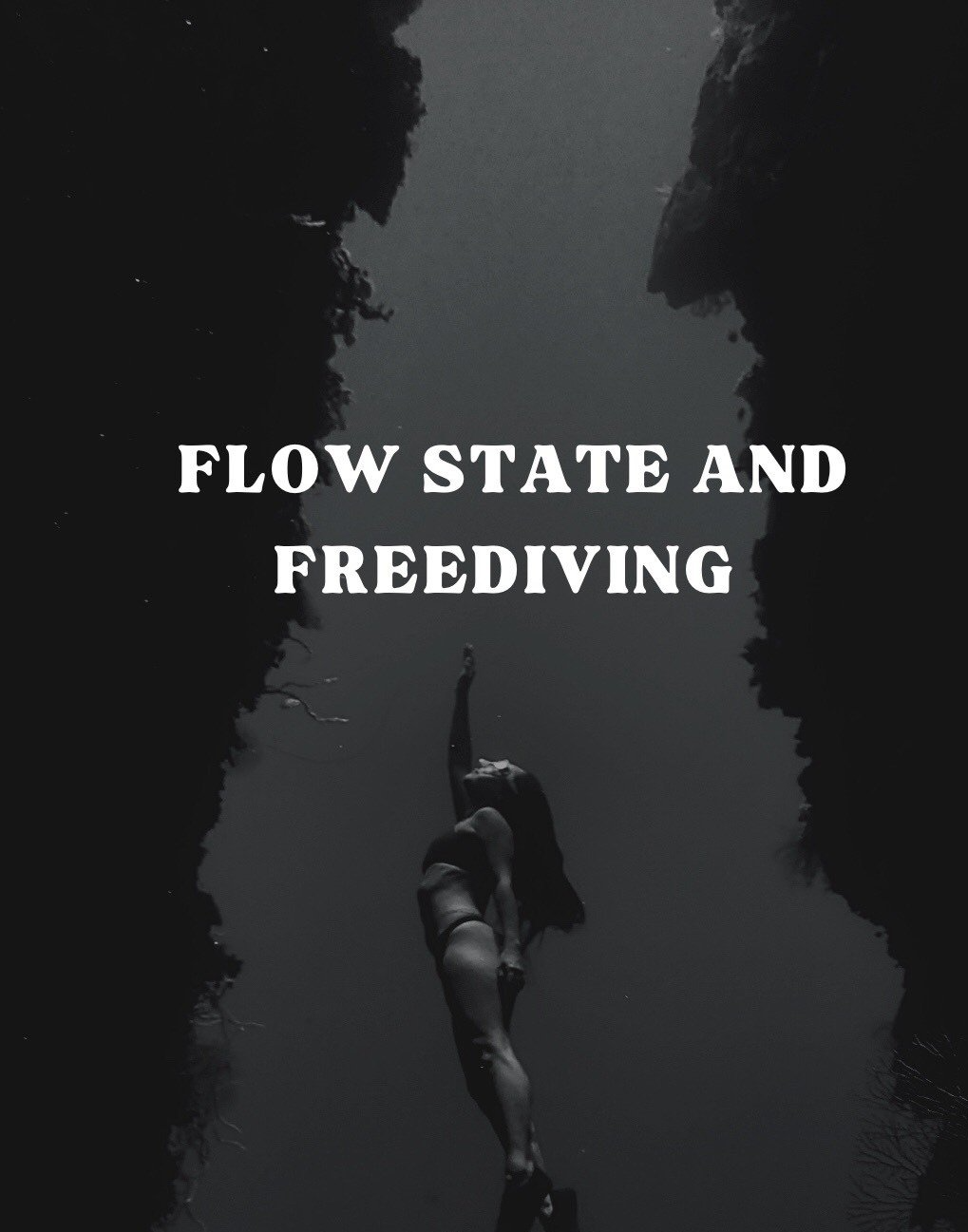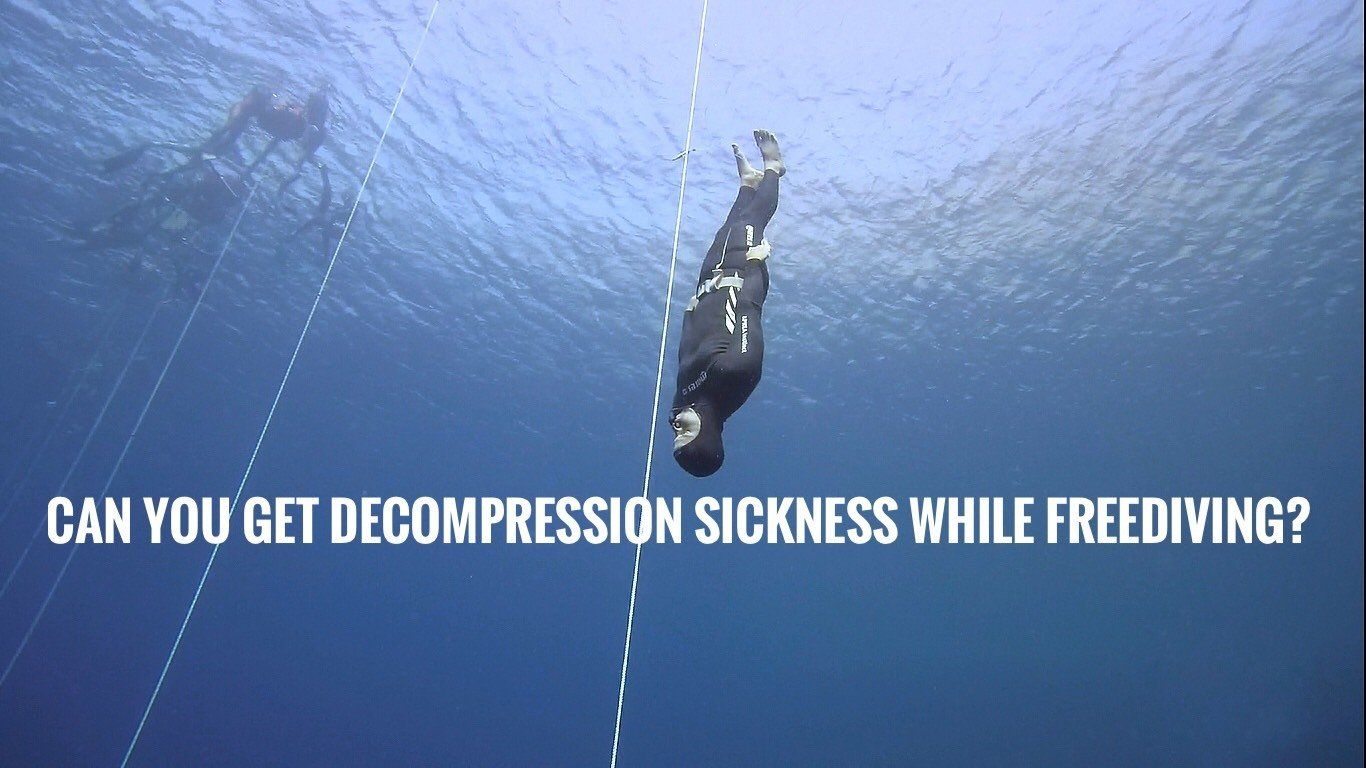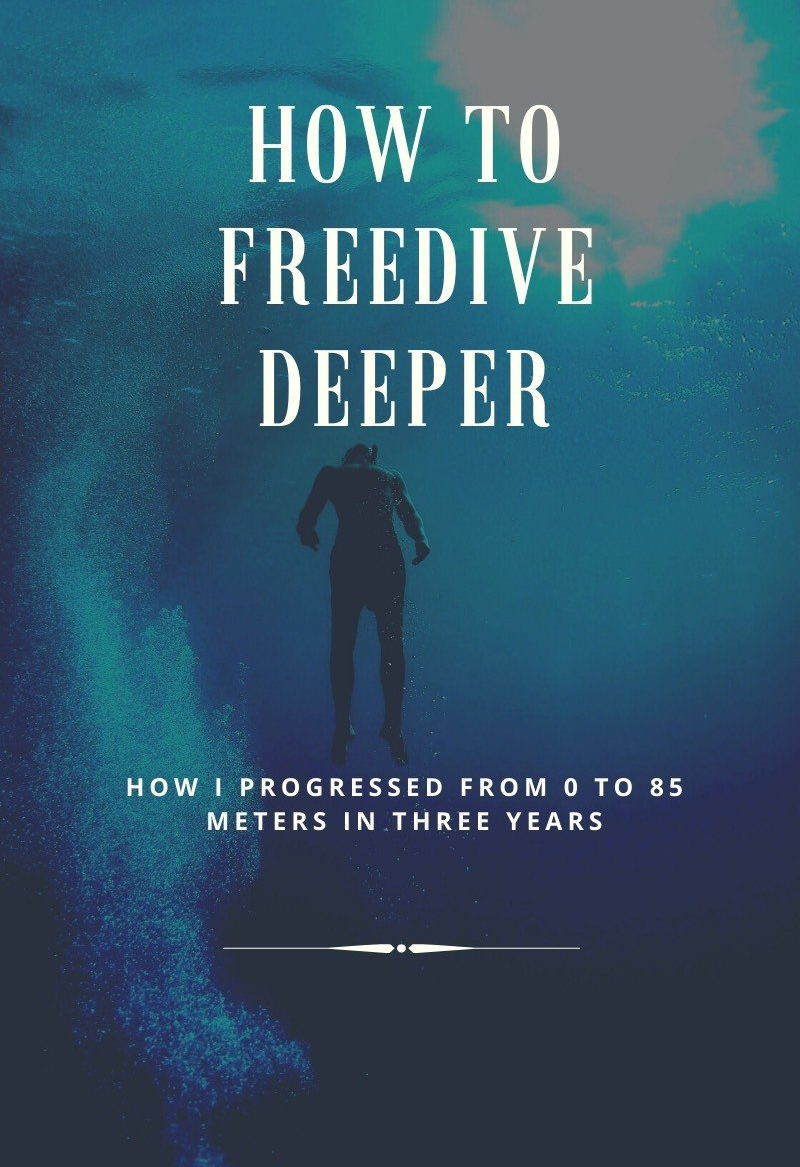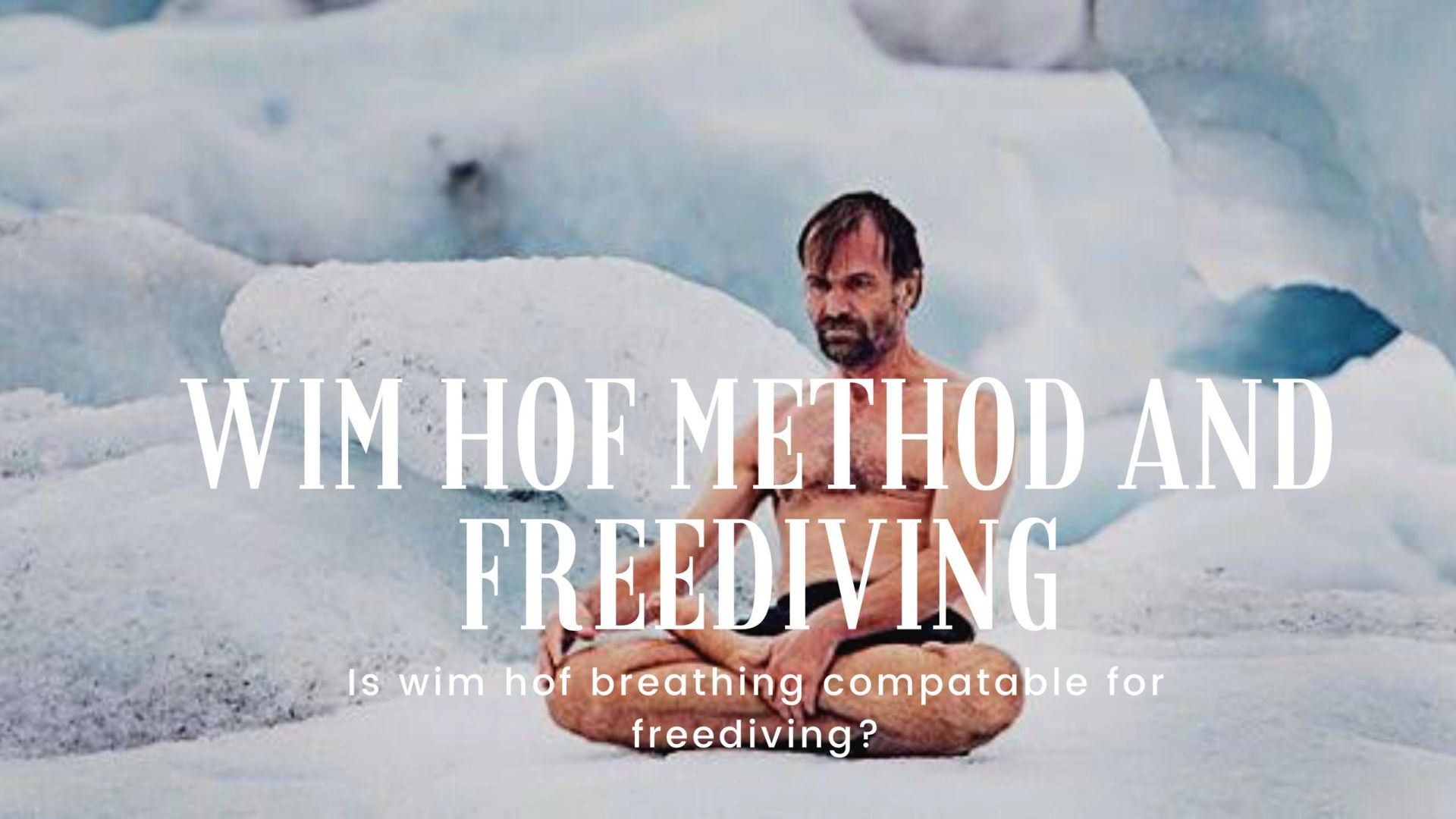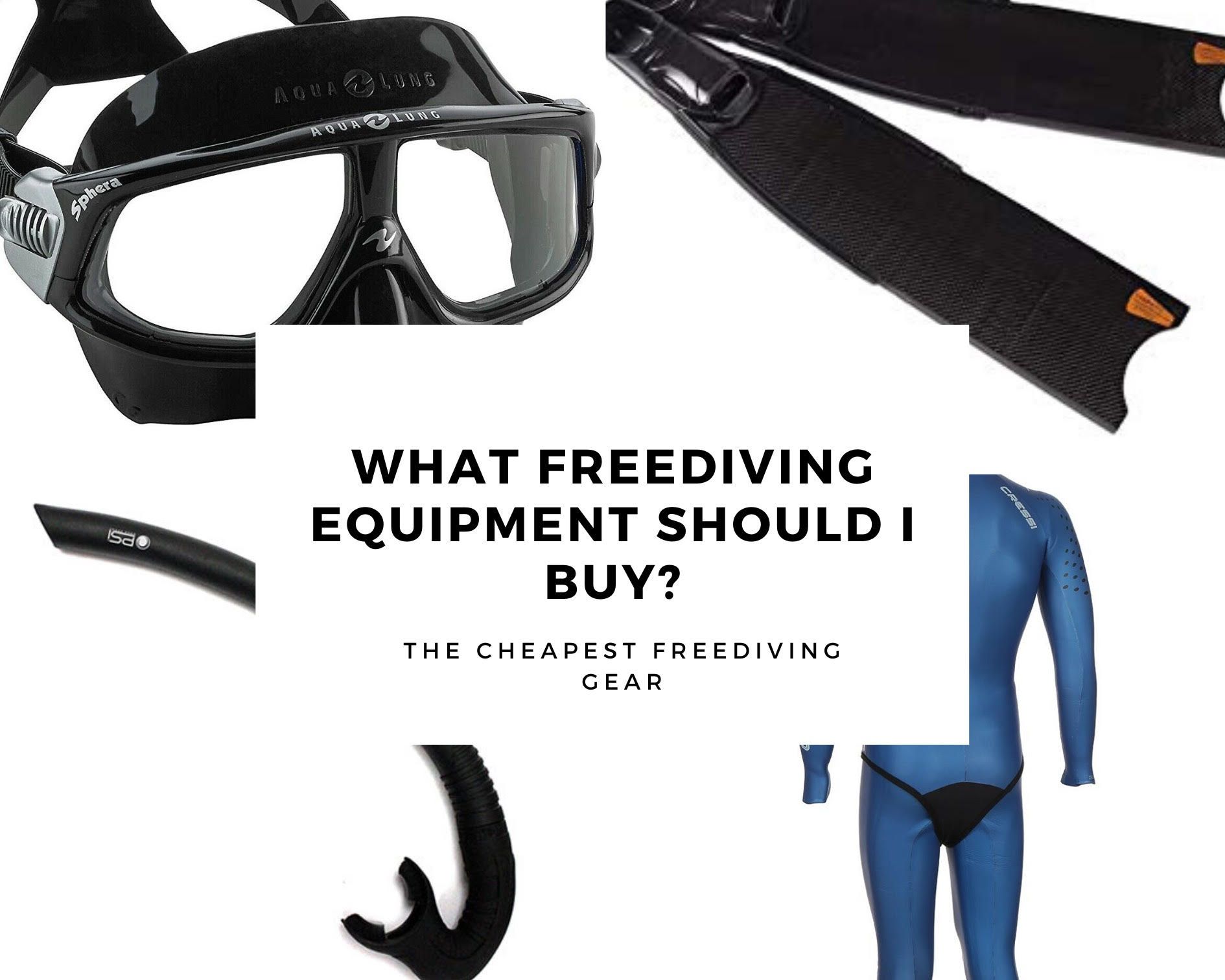Behind The Scenes Of Competitive Freediving
How much does it cost to compete? Do you win anything? This are some of the questions I answer in this article about competitive freediving
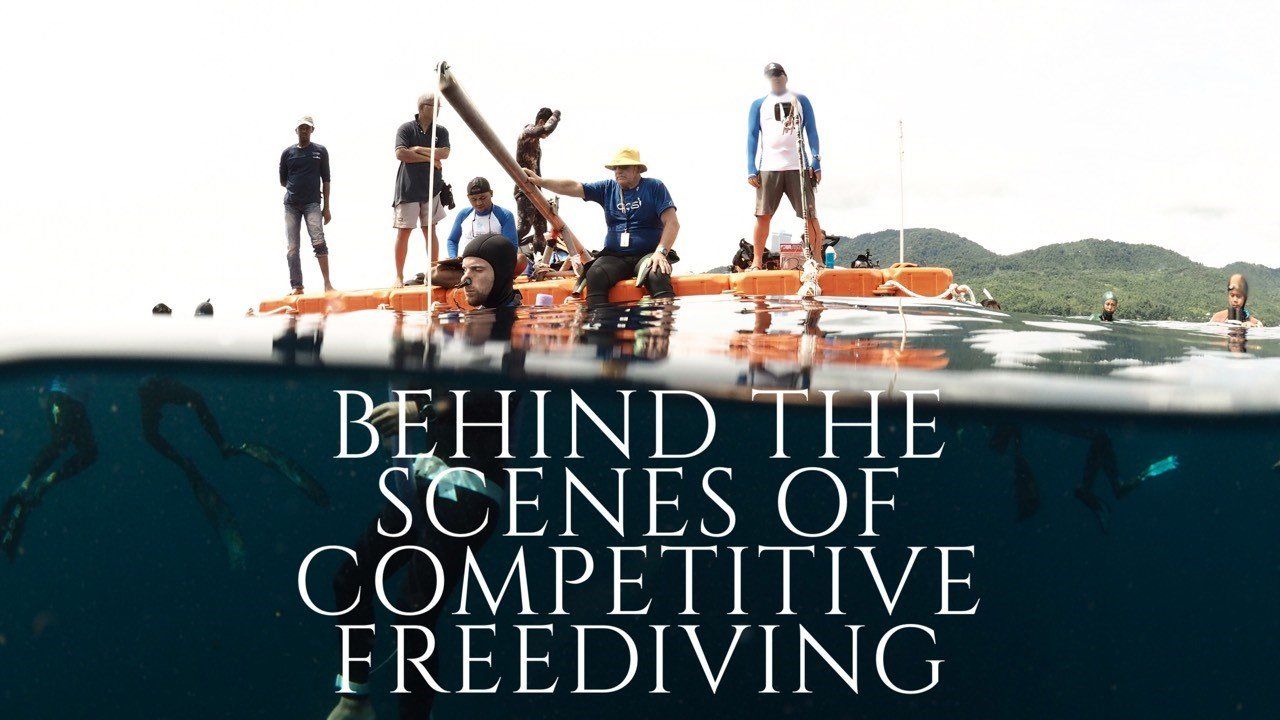
Everything starts around six months before the actual dive, this is when you need to sign up to the competition and pay the competition fee.
So, how much does it cost?
The price to participate in a freediving competition varies. But in most cases, you will pay around 100usd per dive. Which adds up to be around 300usd for a three day competition.
There are some exceptions though, one of my favourite competition so far is the Sabang competition organised by Stanley Sradaputta and is 100% funded by the Indonesian government, which makes it free to compete and also offers very generous prizes. I will come to the prizes that one can win in a competition again later.
Another free competition could be the AIDA world championships where, if you’re selected to represent the national team, you can get the competition fee paid for by your country’s freediving organisation.
But for most freedivers, this is not the case and we have to pay from our already depleted pockets.
After the payment is done, the spot is secured and the training can start!
Can anyone join a competition?
Yes, most competitions are open for anyone!
You just need a medical certificate showing that you are healthy. You also need to be connected to a freediving club and sign up to AIDA’s website and make an account. After that you’re good to go!
There are some competitions however, where you need to be invited by the organiser to be able to compete. This is for the more prestigious competitions, like Vertical Blue, also called the “Wimbledon of freediving”.
Once you paid your fee or got invited to the competition, you usually plan out your training in sections, and try to build up your performance so you peak once you do your competition-dive.
Fast forward until you’re at the competition site and it’s one week before the competition starts.
The competition platform is set up and all the logistics for the competition are already in place.
Most competitors arrive to train at the platform for at least one week prior to the competition, some a month or more before. This is partly to get used to the environment. For example, the temperature in the water, thermoclines, dark waters etc.
The night before the competition starts, there is the inauguration, which is also when the organisers brief everyone about the rules and procedures during the competition days, taking into consideration that for some it will be their first experience competing.
At the end of the meeting, you will have the chance to announce your depth for the first day. You will write down your nationality, your announced Depth, if it is a world record or a national record, and an estimation how long the dive will be.
You are only allowed to announce a depth within your limit, meaning that you are not allowed to suddenly announce 100 meters if your previous deepest dive was to 75 meters.
The depth limit is usually 3 meters more than your personal best, and if you would be announcing something deeper than that, the organiser could possibly suspend you for the rest of the competition. This is to make sure that everyone is diving within their limit and don’t do anything reckless.
The same evening, a list stating dive times for the next day gets sent out. This is so every competitor has time to plan for their upcoming dive. When to wake up, when to eat, and when to start heading to the competition area.
Usually the first diver dives at around 9am.
If it would be me, I would wake up around two hours before my dive.
Then I will treat the morning like any other morning, and try to not put too much attention on the competition dive ahead.
One hour before my dive starts, I have to arrive to the competition area to check in. Here the doctors check my pulse and oxygen saturation, to make sure I’m fit to dive that day.
After that, when it is 45 minutes before my time to dive, I can jump into the water and start warming up. This time is carefully calculated for most freedivers. Especially if you do many warmups.
Some write down the times on their hands, so they make sure they don’t start their warmups too early and get too cold before their dive.
Then you arrive to the competition platform. It’s usually dead silent, the only voice you hear is the judge shouting out how many minutes are left for the next diver to start. It’s so quiet you can really hear a pin drop.
If you have to talk to someone, you have to whisper. This is to not disturb the diver who’s breathing up on the line. This is a nice display of sportsmanship and mutual respect for your freediving friends, and illustrates what freediving competitions are all about.
Now it’s 30 minutes before my dive, so I continue to one of the many buoys where I get greeted by a safety diver who is checking on me while I warm up.
After I’ve warmed up, I go to the platform and start preparing for my dive.
Now it’s 5 minutes before my dive and I can go to the competition line and start with my breathe-up.
After a while, the judge start counting down from 2 minutes, 30 seconds.
Every 30 second I will hear how long I have until my dive starts.
I sometimes think about how similar this is to an lift off of an spaceship.
An astronaut sitting in a space-ship getting the count-down from the control center. “T-minus 2 minutes till lift-off”
Before I know it, I hear “30 seconds till official top” so I start inhaling the air I will take down with me. Then I hear, 5, 4, 3, 2, 1 - Lift off! Or official top maybe.
Then I dive down until at around 20 meters depth I reach freefall and can let gravity take me down.
Fast forward until I’m back up at sea level and the judges have hopefully given me a white card.
Then the celebration starts and you can start enjoying watching the second greatest thing about attending freediving competitions. Which is, watching your friends dive!
The competition continues like this throughout, and then it’s time for the award ceremony on the final day.
Prize money is rarely seen in freediving competition. In the Sabang competition, the Indonesian government compliment the winner with 1.400 USD, plus many other prices.
But in general, most prizes are coming from sponsors in the competition. Like freediving watches and freediving fins.
After the prize ceremony is over, it’s common that there is a big party. So after months of not drinking alcohol, it can be quite a fun party to go to!
No matter if you’re a competitor, looking into starting to compete or just curios and want to be a spectator, this is one of the friendliest and most humble sports-competitions you can witness.
I hope to see you there next time, watching or competing together with us deep diving explorers!Share article:

